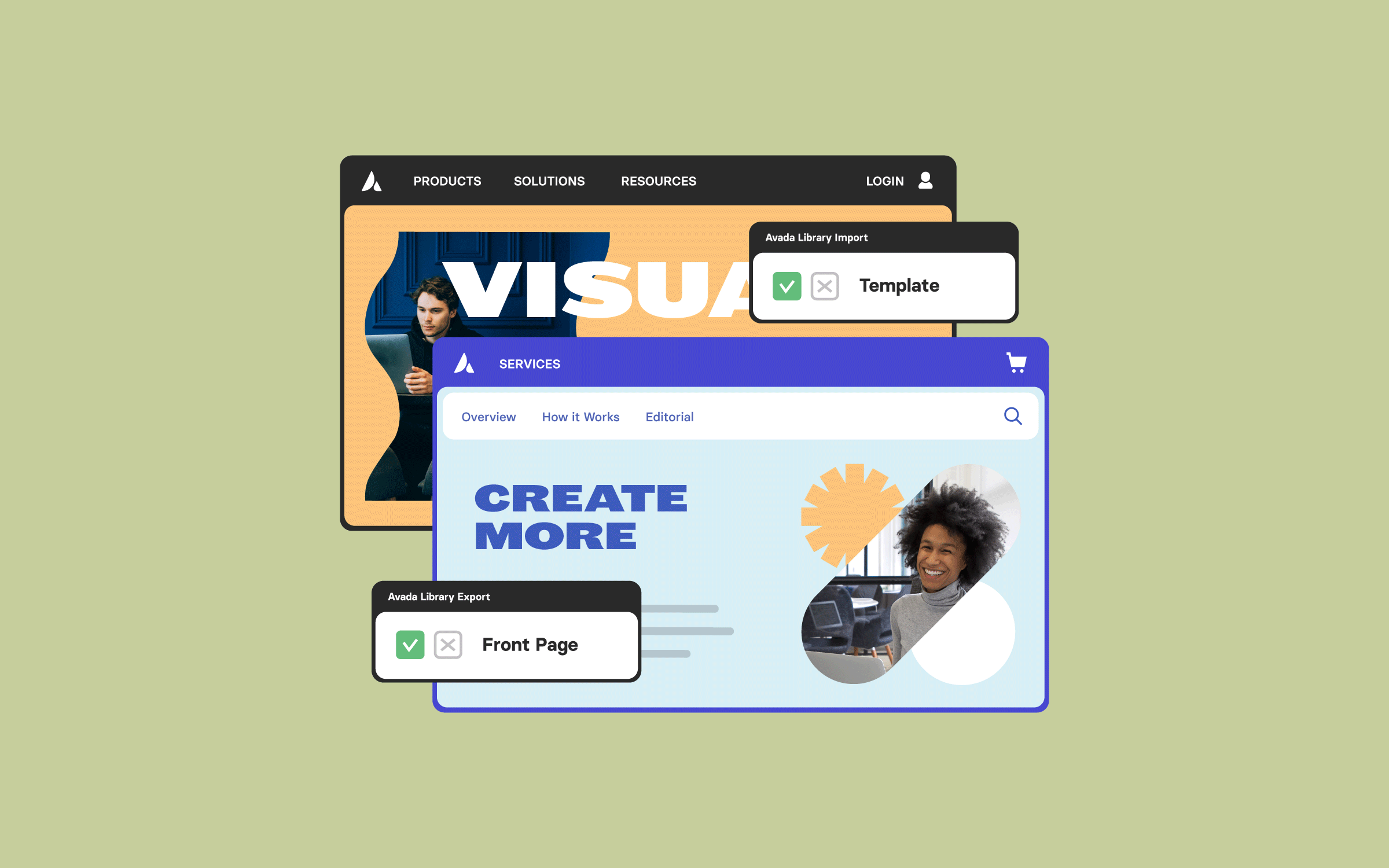Share
Conducting business online may sometimes take you into new areas of legality you hadn’t considered. For example, you may have wondered whether you are required to have a ‘terms and conditions page’ on your Avada website. Additionally, it might not be clear whether including these is even beneficial.
Outlining your terms and conditions is essential, regardless of the transactions you’re engaging in online. However, there’s a lot to understand about the topic. Consequently, some helpful tools are available that can assist in creating the language you need.
In this article, we’ll look more in-depth at what is required regarding these documents. We’ll also discuss whether they constitute a legally binding agreement and offer two ways you can create one for your Avada website. Let’s get started!
Overview
What Is a Terms and Conditions Page?
Including a terms and conditions page on your website, just like the Avada T’s & C’s page, is in your best interest in almost all cases and might even be a requirement for certain states in the US. A vast array of business activities legally require disclosures specific to the type of transaction or process occurring, the age of the user base, and more. Additionally, there does seem to be a growing trend of courts upholding the terms outlined in these documents when they and the businesses they represent or protect are challenged legally. Consequently, it’s crucial to understand what Terms and Conditions should contain, how this applies to your business, and, if needed, how to implement them.

Terms and conditions are primarily legally binding agreements between a business or service provider and its customers. They let businesses set their rules of use and, when correctly implemented, protect businesses. It is worth noting here, however, that you cannot use Terms to force your users into any agreement that violates their rights under the law.
When is a Terms and Conditions Page Necessary?
Knowing when you need Terms and Conditions on your website is only half the battle. For example, you’ll likely need this explanatory document when providing a product, service, or content that could potentially cause harm if misused. Over and above Avada’s GDPR and Privacy Tools, a terms and conditions page allows you to outline any necessary disclaimers and establish liability if any loss occurs. Additionally, if you let your users upload content, you should probably outline the expectations for the user and clearly state the usage rights. This is where vital copyright information can be clearly described and clarified.
Other everyday situations to consider might be when your website implements different user access roles. For example, if you have registered and non-registered users, there are several items to cover, including age-based restrictions. In fact, terms will be beneficial anytime you want to clarify user behavior rules.
Now that we’ve examined some situations for which terms are advantageous let’s examine some instances where Terms may be required to display mandatory legal disclosures. Many of these particular cases involve financial transactions (e.g., e-commerce) or minors.
The American Bar Association offers information about several elements to keep in mind when creating a terms and conditions page for those types of situations, including:
Next, let’s discuss why terms and conditions are essential. We’ve alluded to this already, but let’s explore what makes it necessary.
Why Terms and Conditions Are Important
As we mentioned, this document sets up the relationship parameters between you and your customers or website users. In that regard, determining if there are any legal ramifications for the document you create might still be somewhat confusing.
The American Bar Association advises that terms and conditions must be detailed clearly, and technical jargon should be avoided if possible. Additionally, there are ways to make these documents more enforceable should legal action be necessary.
Opt-in techniques are the best approach, requiring the user to take affirmative action. They can include elements such as clicking on a checkbox or a button. Still, it’s important to ensure that the terms and conditions are immediately accessible near the opt-in point (often achieved using a link).
The technique of using clickwrap buttons to facilitate user agreement to your website’s terms and conditions is often the most recommended. To create a more enforceable situation, you’ll need to ensure users can review your document and agree to the terms. Whether or not they read the document may not matter, but the availability of it does.
How to Generate Terms and Conditions Content for Your Website
There are several ways to create the content you need for your terms and conditions page. Time and resources will play a part in your strategy. Still, it’s essential to remember that professional legal counsel is always the ideal approach.
1: Contract a Lawyer
Nothing can substitute for consulting with a legal professional in certain situations. Large corporate terms and conditions or websites that handle a high volume of financial transactions will want to consider the benefits of consulting with a lawyer to draft their documents.
Also, you can draft your terms and conditions before meeting with a lawyer and consult them to ensure your bases are covered. One of the downsides of using legal counsel for the entire process is you’ll likely have to pay for any amendments you need to make as your business or website changes and grows.
2: Use a Terms and Conditions Content Generator
If accessing legal counsel in your area is not feasible, you can use one of the best alternatives. Iubenda’s terms and conditions generator is a great alternative for affordably creating professional and dynamic documents. Their generator uses a modular approach based on legal text and a guided set-up. This lets most types of businesses mix, match, and customize to fully craft the most appropriate document for your use case.

What stands out with their approach is that all legal text is written by actual lawyers and hosted on iubenda’s servers, which allows them to auto-update if laws change and make sure your documents are never out of date. This approach lets you edit your document anytime from within your account at no additional cost. This is critical as it enables you to modify your terms as your business grows and needs change.
Integrating Iubenda generated documentation into your Avada website is straight forward. You can place the T’s & C’s content anywhere on your website using the Avada Code Block Element. Moreover, with the text-embed and API integration options, your terms and conditions page can slot into your specific design, especially when using a WordPress theme such as Avada. Overall, this page will have the same flexibility and customization as other pages, which means engagement doesn’t have to be ‘off-brand.’
Summary
Creating a terms and conditions page for your website is one aspect of your business checklist you shouldn’t overlook. Consequently, it’s in the best interest of both your users and your business to limit your liability by outlining the rules governing the use of your site and providing clarity on what your business or service plans to deliver to your website visitors, all in one document.




















































































































